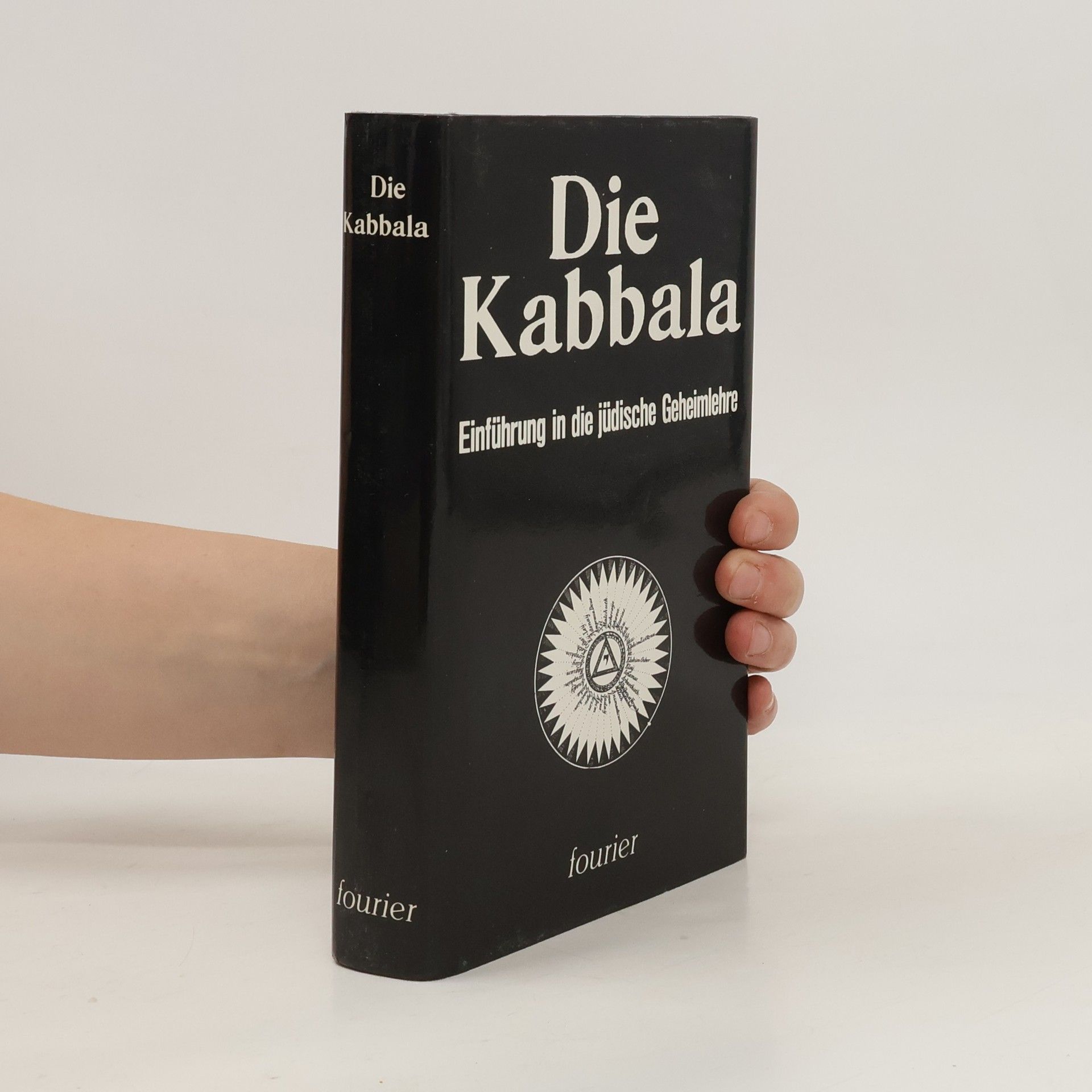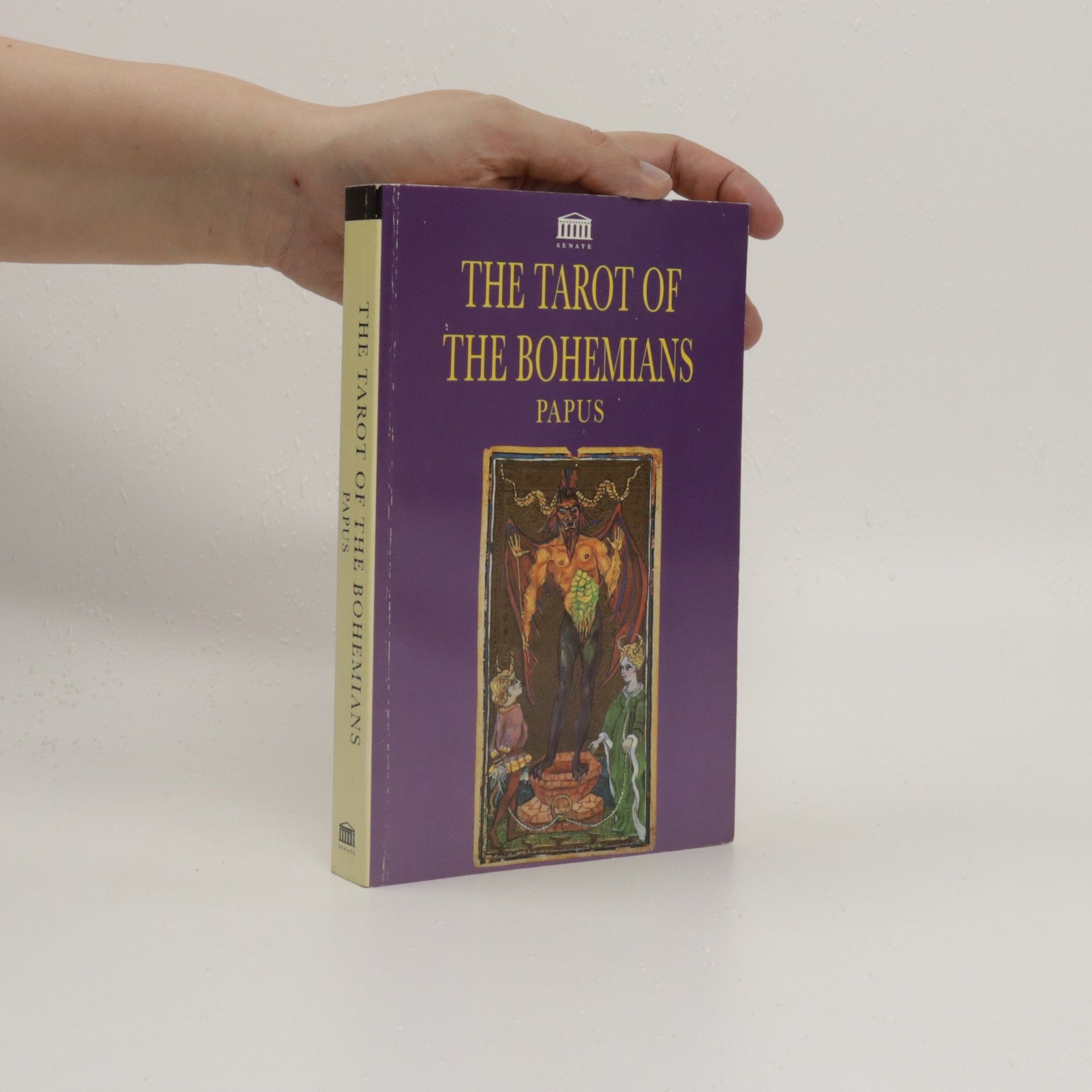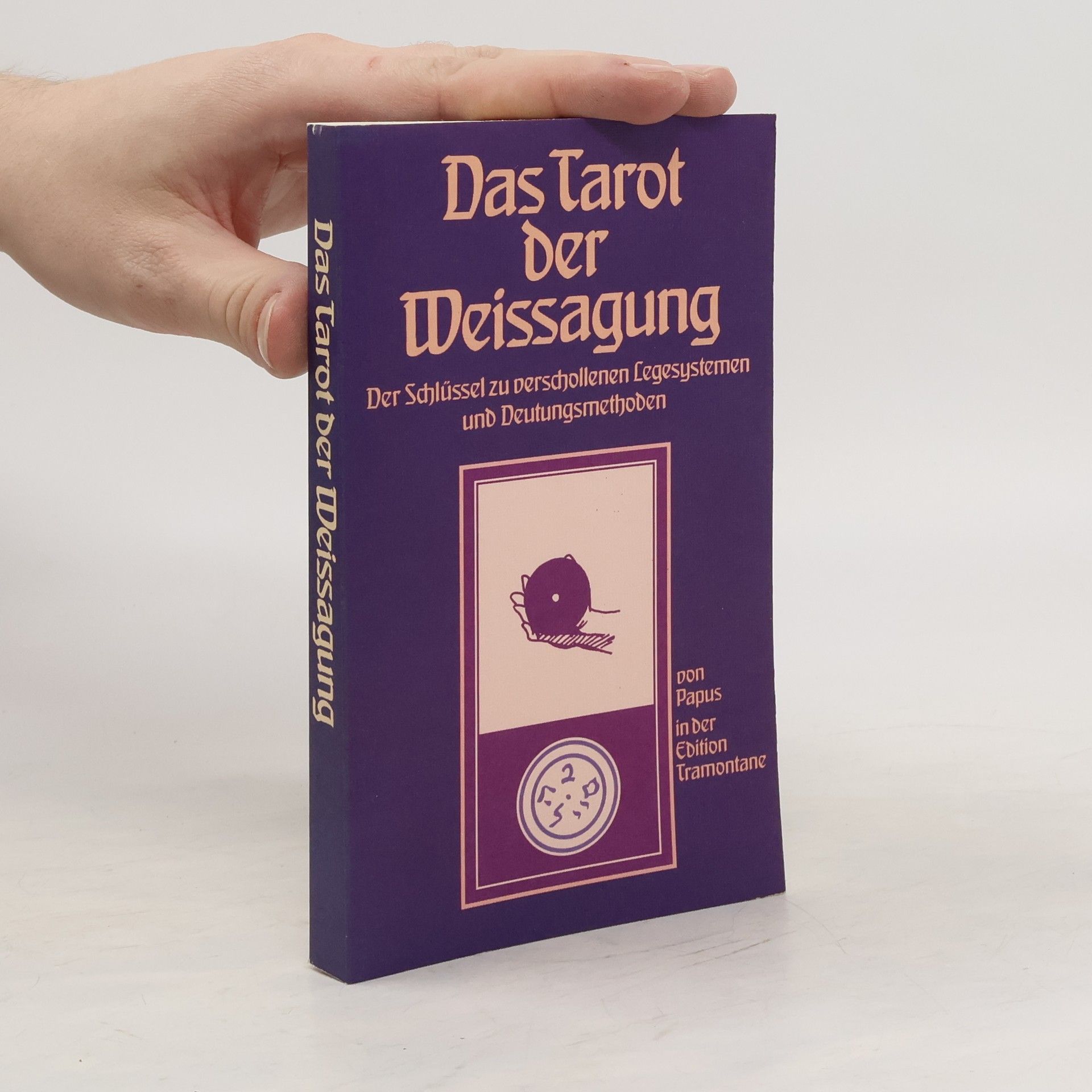The Tarot of the Bohemians
- 400 pages
- 14 hours of reading
For centuries, organized religion and the rise of scientific thought had obscured the occult teahings of the gypsies of central Europe. This classic work, first pulished in 1889 as Le Tarot des Bohemiens : Le Plus Ancien Livre du Monde by the Frech writer known as 'Papus', describes and consolidates these teahings. The author states that the wisdom of the Kabbalah, the Freemasons and the ancient Egyptians had been kept alive by the Tarot of these nomadic gypsies, and traces the influence of these teachings on this form of divination, allowing the reader to develop a practical uderstanding of the Tarot in a broader context. Each card of both the Minor and Major Arcana is introduced in turn, together with a key to their use in interpretation.





